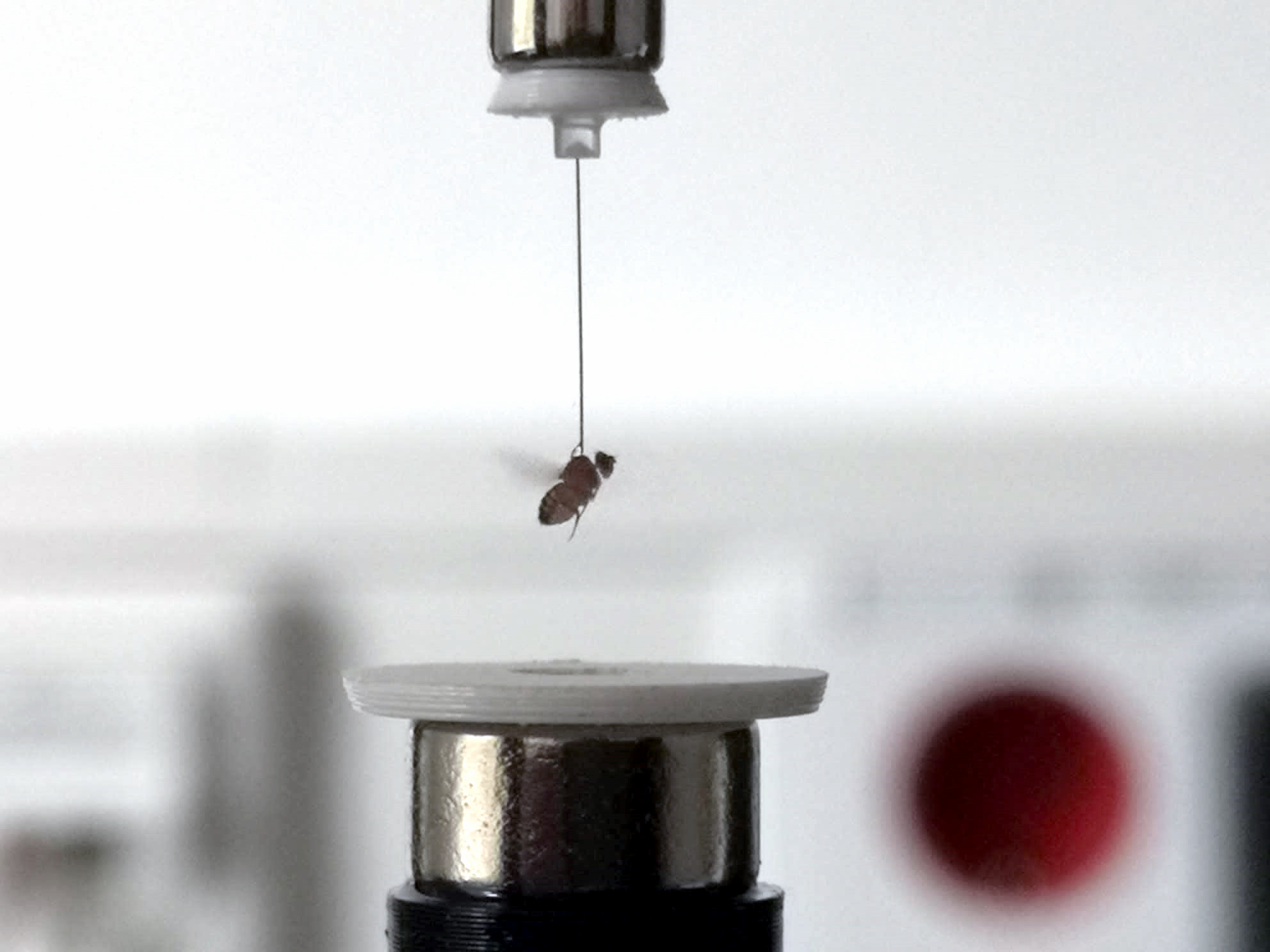
Our research
We investigate the origins of behavioral individuality.
The Linneweber lab investigates the developmental origins of behavioral individuality. Our primary model organism is the vinegar fly Drosophila melanogaster, but we also recently started using non-model Drosophila species and the planarian Schmidtea mediterranea. We use a full repertoire of behavioral assays and methods to visualize brain wiring.
Source of Funding
The DFG Emmy Noether Program
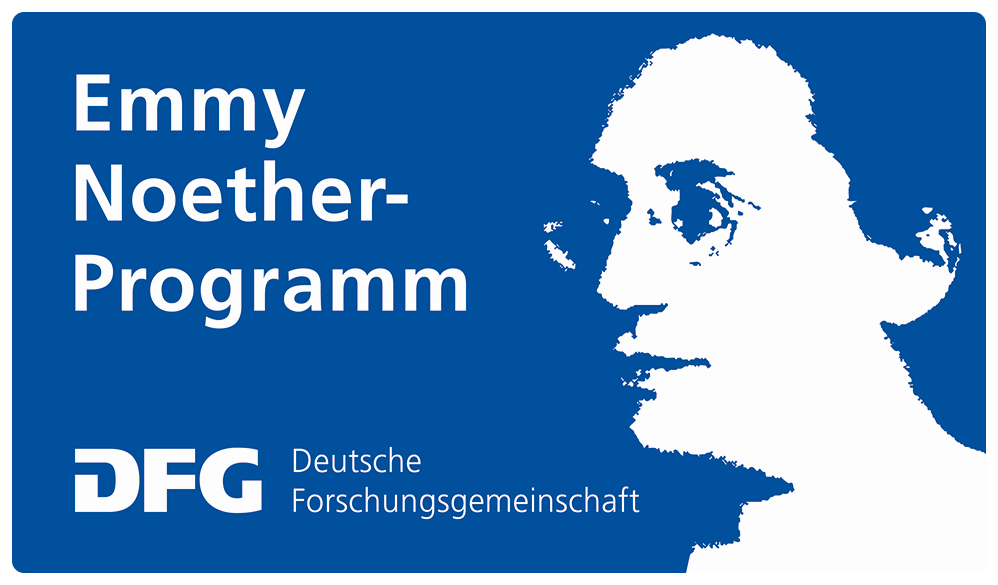
The DFG research group “The circuit variability underlying Drosophila behavioral individuality” founded our lab. We are incredibly grateful for the generous contribution of the DFG.
https://www.dfg.de/foerderung/programme/einzelfoerderung/emmy_noether/
The DFG Research Unit: RobustCircuit

From imprecision to robustness in neural circuit assembly. RobustCircuit is a Research Consortium to Study the Role of Noise in Brain Wiring.
The Research Unit Consists of 13 Laboratories and is Supported by the German Research Council (DFG).
Projects
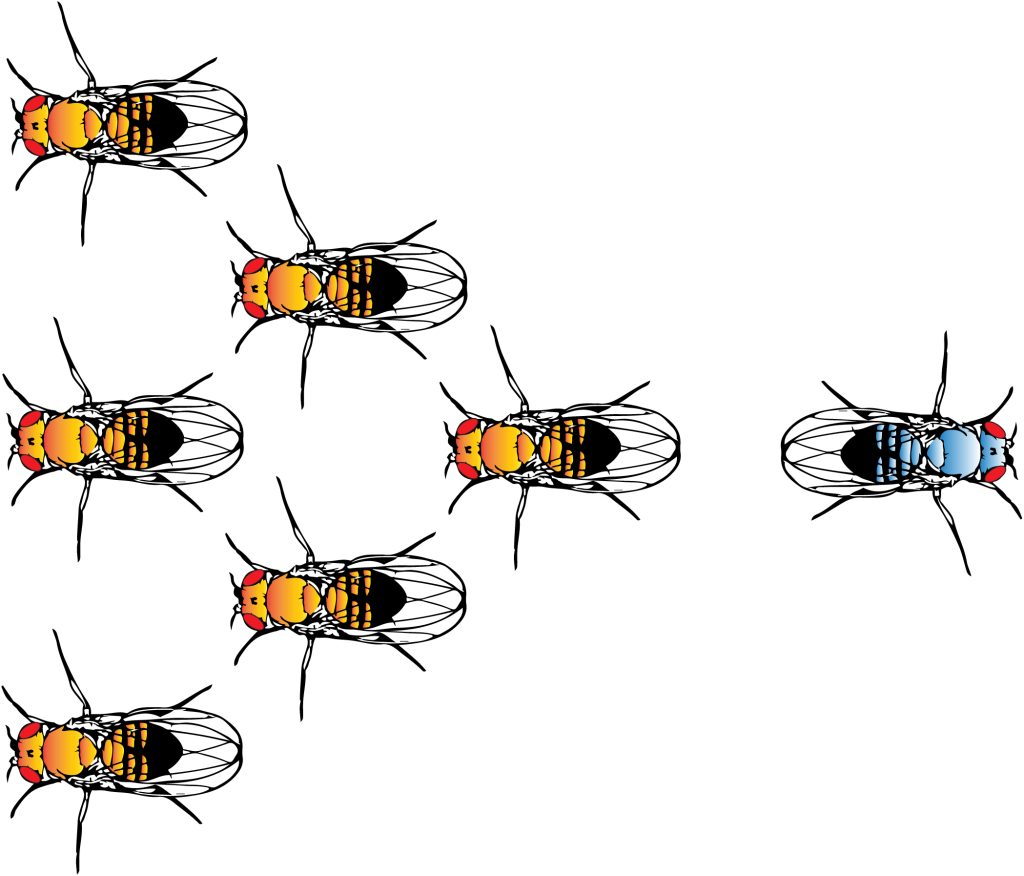
P01: Understanding the origins of individuality
Why are we all so different? It’s a question that has puzzled neurobiologists and psychologists for decades. Are we all just products of our environment, or do our genes play a more significant role? These are the questions that keep (some) researchers up at night.
Thankfully, we have a secret weapon in our quest for answers – the humble vinegar fly, also known as Drosophila melanogaster. These tiny flies might seem like an unlikely candidate for solving the mystery of human behavior, but they have a lot to teach us.
By studying how fruit flies respond to different visual and non-visual stimuli, researchers hope to unlock the secrets of individual variability in behavior. How does a fruit fly navigate its environment? What factors contribute to its unique personality traits? These are the questions that we’re trying to answer.
P02: Individual variability in visual and non-visual behaviors
We are currently engaged in investigating individual behavioral variability across a range of behaviors. To gain a better understanding of the underlying mechanisms, we are employing a variety of classical assays in the visual system, as well as exploring non-visual behaviors, including circadian rhythmicity, aggression, and courtship.
Through our research, we aim to uncover the complex interplay of genetic, environmental, and stochastic factors that give rise to individual differences in behavior. By studying a diverse range of behaviors, we hope to identify common patterns and principles that may shed light on the fundamental mechanisms governing behavior. Our long-term goal is to build a comprehensive understanding of how individual differences in behavior are generated.
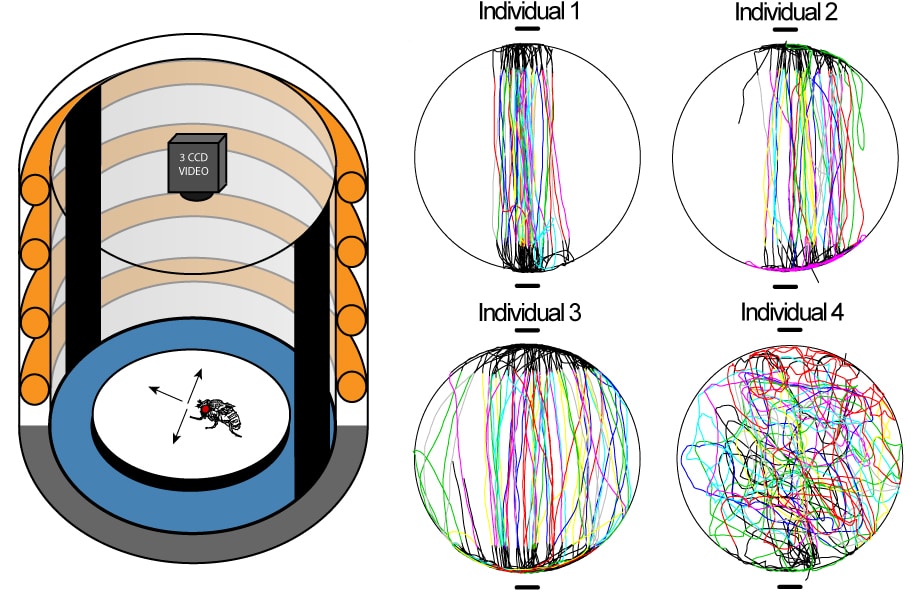
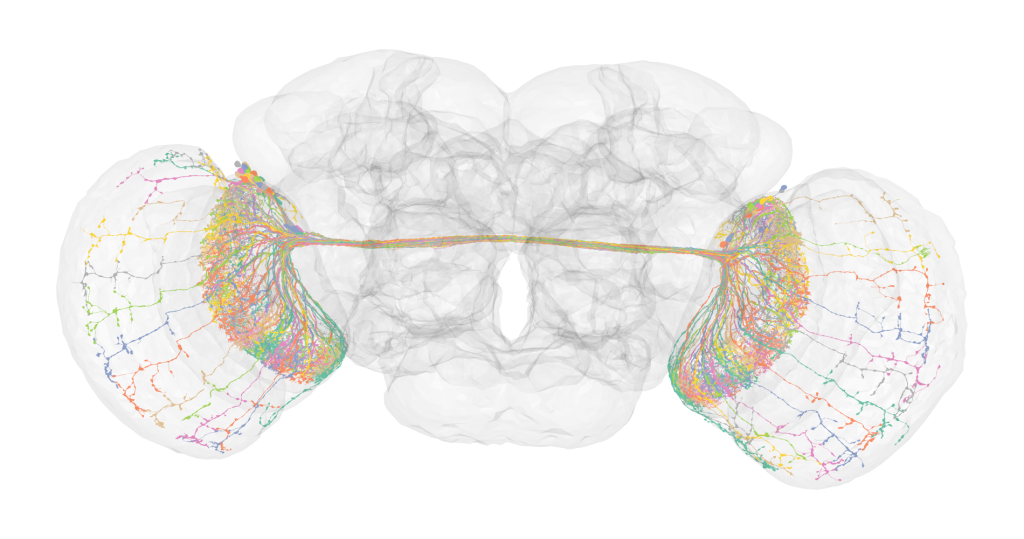
P03: The circuit variability behind individuality
We are interested to understand the circuit-wide differences between individuals of a species. Is variability equally distributed throughout the brain, or are some neurons more stereotypic than others? We are using a combination of electron microscopy reconstruction and light microscopic variability analysis to investigate this.
P04: Stability of Individuality – what a brain needs for reproducible behaviors
Individual variability is a fundamental feature of all members of a species. Is this individual variability a bug or a feature? To investigate this, we are exploring the essential requirements for individual differences. Are there genetic pathways that mediate individual differences and stability? These questions are related to human disease states affecting individuality.
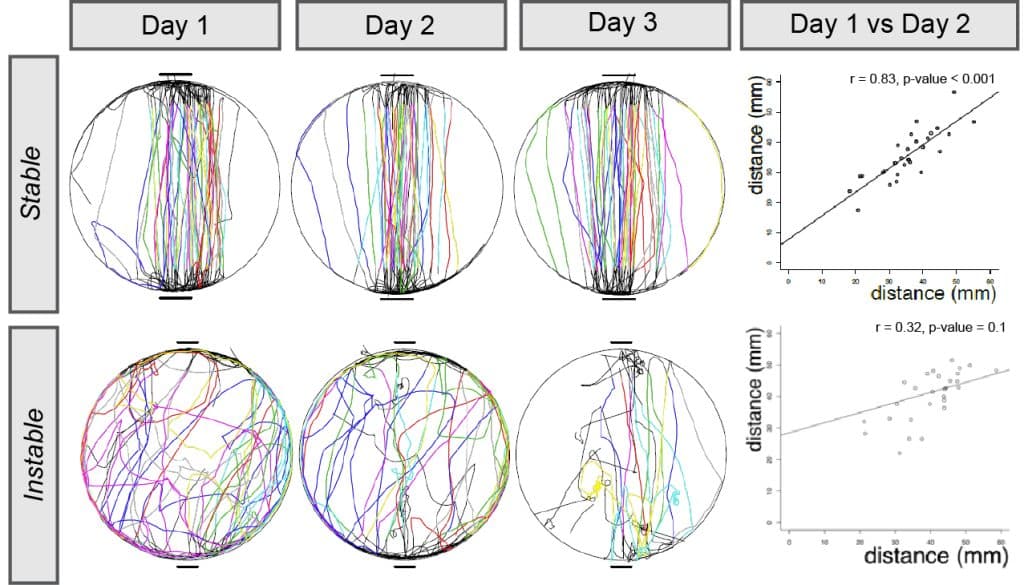
Join us
If you are interested in what you read so far and are thinking of joining us as a postdoc or graduate student or undergraduate student, please get in touch! We are accepting applications all year round. Please send all informal inquiries to Gerit Linneweber.